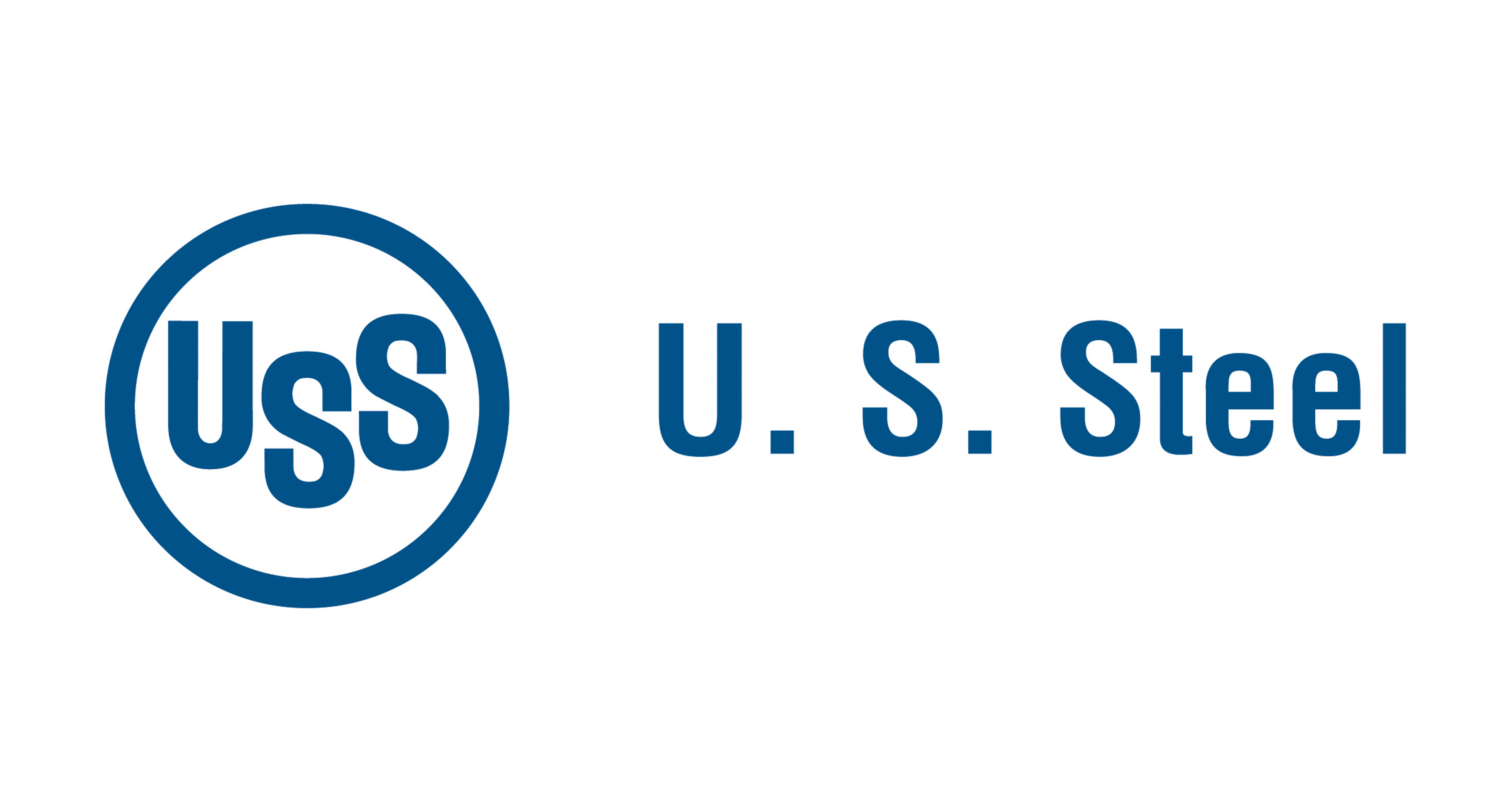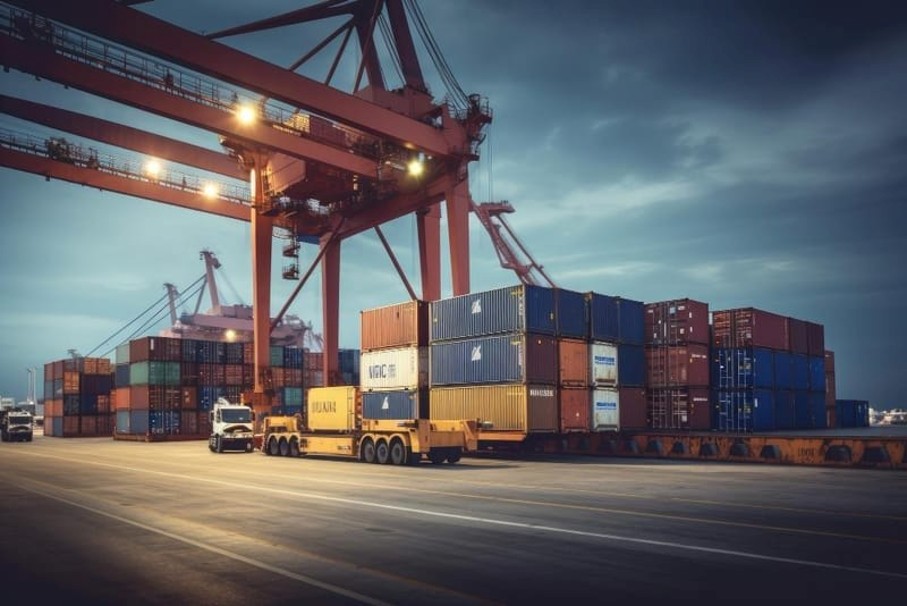Government/Policy

July 2, 2024
HR import duties face 5-year sunset review
Written by Laura Miller
In place now for more than 20 years, antidumping and countervailing duties (AD/CVDs) on imports of hot-rolled (HR) steel from six countries are up for their fourth sunset review.
Background
The ADs on HR imported from China, Taiwan, Thailand, and Ukraine and CVDs on HR from India, Indonesia, and Thailand were first issued late in 2001.
The duties cover certain HR carbon steel flat products, including high-strength low alloy (HSLA) steel and the substrate for motor lamination steel.
A sunset review, conducted every five years as per international trade law, determines whether AD/CVD orders should continue or be allowed to expire or sunset.
The US Department of Commerce’s International Trade Administration (ITA) determines if revoking the duties would lead to the continuation of dumping or subsidies. Concurrently, the International Trade Commission (ITC) determines if removing the duties would materially injure the domestic industry.
The AD/CVD orders on HR were maintained after full sunset reviews in 2007 and 2014 and an expedited third review in 2019.
2024 review
The ITA and ITC announced the initiation of the HR duty review in the Federal Register on Tuesday, July 1.
For interested parties “to be assured of consideration, the deadline for responses is July 31, 2024,” the ITC noted.
ITC commissioners plan to issue an adequacy determination on Oct. 4.
If interested parties respond adequately, a full review will be conducted. If responses show an inadequate level of interest, an expedited review will take place. In an expedited review, the ITC uses current facts available to issue a decision without holding a hearing or conducting further investigation.
As of July 2, domestic HR producers Nucor, SSAB, Steel Dynamics Inc. (SDI), and U.S. Steel had already expressed interest in participating in the review.
Important dates and additional information on the case can be found on the ITC website.






